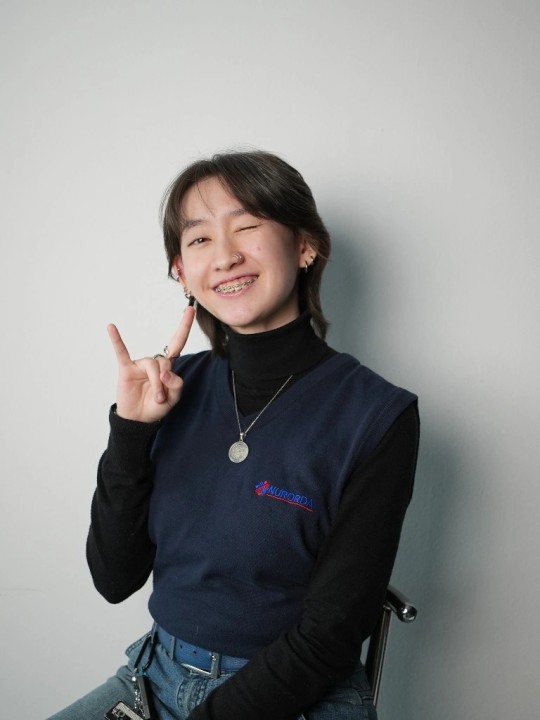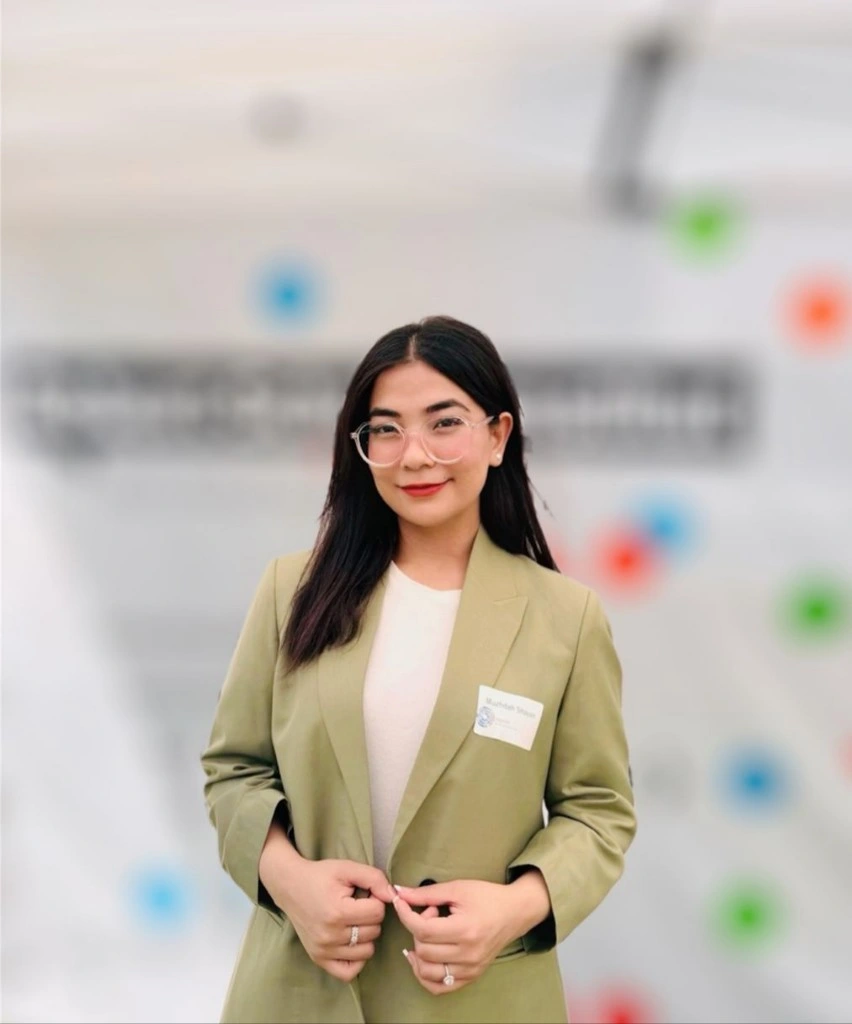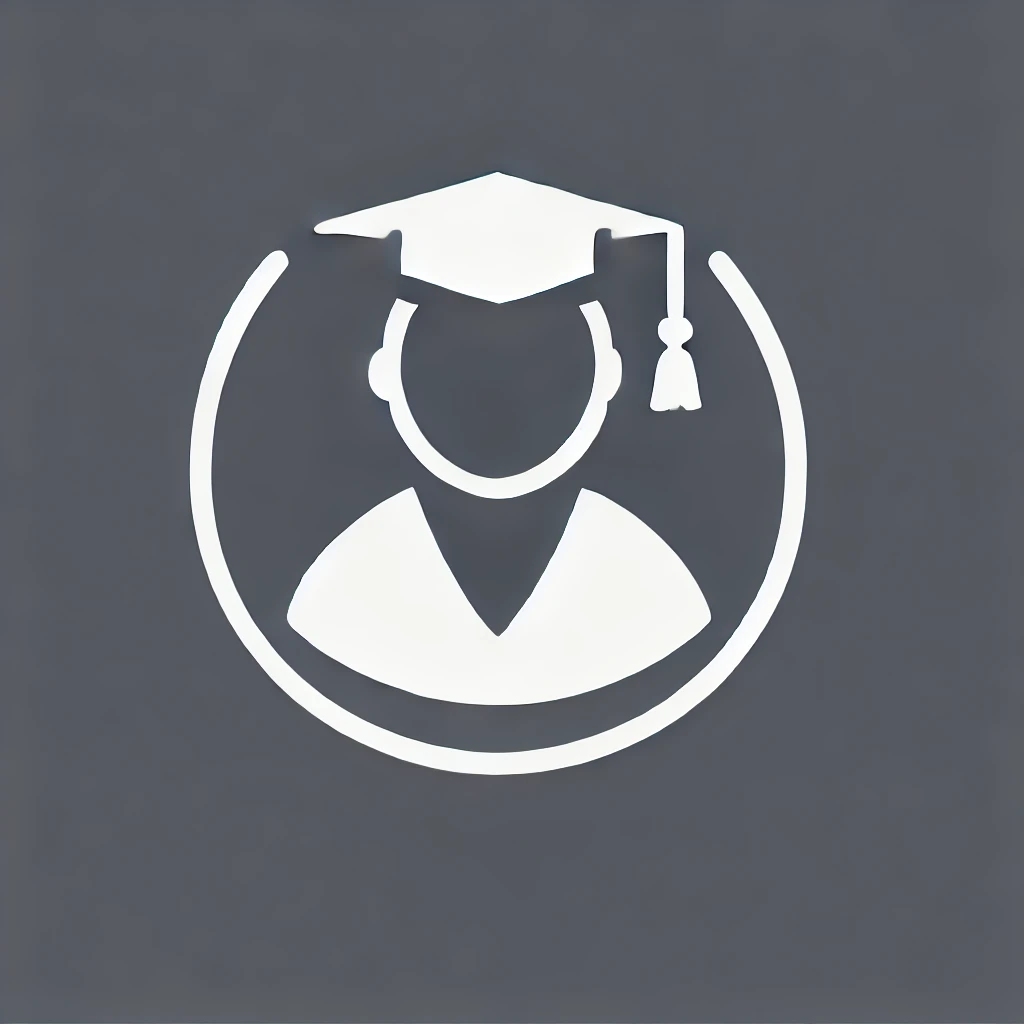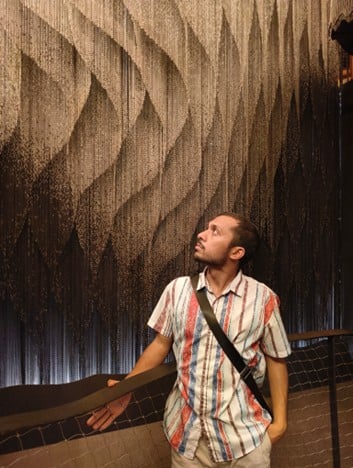From Kazakhstan to Toronto Scholar's Journey to Earning Canada’s Top International Scholarships
University: University of Toronto
Degree: Bachelor’s in Co-op Management
Previous Education: Nurorda School-Lyceum, Kazakhstan (GPA: 5.0/5.0)
Scholarship: Lester B. Pearson International Scholarship – Full Funding
Additional Offers: UBC International Scholars Award (Full Funding), partial scholarships from University of Oregon, Simmons University, and Drexel University
Standardized Exams: IELTS 7.5, SAT (scores not specified)
Social Media:

The Journey
It’s not every day you meet a tech entrepreneur with a buzzcut, a fierce drive for inclusivity, and a passion for building costumes—but hey, nice to meet you!
I’m Alina, a Kazakh tech enthusiast, robotics nerd, and education advocate. This fall, I’ll be starting my Co-op Management degree at the University of Toronto. I chose this field because I’ve always loved organizing teams, planning projects, and helping ideas come to life, and I wanted a program that would combine business skills with real-world experience.
Lester B. Pearson International Scholarship and International Scholars Award Details
I received two full-ride scholarships from Canada’s top universities: the Lester B. Pearson International Scholarship at the University of Toronto and the International Scholars Award from the University of British Columbia. Both scholarships cover tuition, housing, and meal plans, and provide additional stipends to support other living expenses.
Additionally, I was awarded partial scholarships from the University of Oregon ($20,000/year), Simmons University ($30,000/year), and Drexel University ($46,000/year). Ultimately, I committed to UofT because of the Co-op program, the community, and the opportunity to grow both academically and personally.
Educational Background
I’m graduating from Nurorda School-Lyceum with a GPA of 5.0/5.0.
Beyond school, I actively sought additional learning experiences to strengthen my skills and explore my interests:
- I completed the Babson Online Summer Study’s Introduction to Entrepreneurship (60 hours), where I earned 4 college credits with a 4.0/4.0 GPA. Through the program, I developed a sports initiative for individuals with Down syndrome, applying entrepreneurial concepts to real-world challenges aligned with the UN’s Sustainable Development Goals.
- I attended the Stanford Pre-Collegiate Summer Institutes (20 hours) through an Organizational Leadership course, where I analyzed global power structures and presented research on the G20 Summit.
- I completed the Google Project Management Certificate (180 hours) by self-studying six intensive courses and applying project management tools to real-world business scenarios.
- I completed the Introduction to Psychology course (17 hours) offered by the University of Toronto, gaining foundational knowledge in human behavior and cognitive science. Initially, I even considered majoring in Psychology, but through these experiences, I realized that Management aligns better with my strengths: analyzing behavior, leading teams, communicating effectively, and solving complex problems. It feels a little ironic and a bit poetic that the first online course I ever took was from UofT, and now I'll be studying there in person.
- I pursued a Human Rights course (24 hours) through the social fund Erkindik Qanaty, conducting research on women's rights to peaceful assembly and presenting my findings to an audience of 30+ students.
Altogether, these academic and extracurricular experiences led me to choose Management – a field that combines technical problem-solving with people-centered leadership.
How Did You Prepare to Apply to Universities?
I began thinking about university applications in 9th grade, though not too seriously at first. That year, I focused on settling into school and dorm life, working on my project, and figuring out my interests.
There wasn’t a single “aha” moment; I’ve always been the type to think ahead. Still, in 10th grade, I started having doubts. I considered local universities or studying in Europe. It felt safer, more familiar. But by the end of the year, I realized my aspirations, values, and experiences aligned more with North American schools.
I didn’t want to choose the easier path just because it felt less risky. I wanted to pursue something that matched my passion, even if it meant taking a bigger leap.
So I did.
I poured my summer after 10th grade into applications, resumes, and essays. I wanted everything ready for the early rounds — when most scholarships open.
Talk about how you find your information, as well as standardized test scores. How did you prepare for those IELTS and SAT?
Most of my research came from university websites, scholarship pages, Reddit forums, and watching a lot of YouTube videos about student experiences.
I prepared for and took the IELTS, scoring 7.5 (C1 level). I didn’t need the SAT for Canada, but I studied for it out of curiosity and took it twice when applying to U.S. colleges. For IELTS, I practiced with Cambridge books, mock tests, built my vocabulary through social media videos, and focused on consistency over cramming. I also shared all the study resources I used on the @bilimbiz Telegram channel to help others.
I took the IELTS at the end of 10th grade and the SAT during the summer and early 11th grade.
(Also, fun fact: I accidentally took Calculus BC in 9th grade, but that’s a story for another time.)
But mostly, I prioritized building meaningful projects, contributing to my community, and completing courses related to my major.
How Did You Prepare to Apply to the Lester B. Pearson Scholarship and the International Scholars Award?
After 10th grade, I dedicated my summer to building a strong application: polishing my resume, writing personal essays, gathering recommendation letters, and deeply reflecting on my projects and experiences.
By the end of August, I had already completed my Common App (which opens on August 1st) and continued updating it through November and December as needed.
I didn’t treat the application process like a checklist, but as an opportunity to tell a cohesive story about who I am, what I value, and the kind of impact I hope to make. In other words, I was intentionally building my personal brand.
I practiced answering different interview questions, wrote and rewrote my essays, got feedback from my counselors (even when I was sick!), and kept refining my materials until I was confident they were my best work.
When it came to scholarships that required school nominations (like UofT and UBC), I was well-prepared. Thanks to my active involvement throughout the years, my school knew me well, and at the start of the year, I already had a polished CV, a draft of my personal statement, and a clear list of universities I planned to apply to, while many students were just beginning their applications. So when counselors requested nomination materials (CV, personal statement, university choices), I was ready and positioned strongly for the first rounds of school-nominated scholarships.
What Do You Think Made Your Application Stand Out?
I could list all the positions I held and the achievements I collected, but that would just sound like a raw resume (and thankfully, the character limits saved us both from that).
Besides, it was never really about titles or numbers. What truly mattered was the impact behind them: the choices I made, the values that shaped them, and the story they told together.
More than anything, I think it was authenticity.
Real authenticity means being open, sometimes even vulnerable, about who you are, what matters to you, and what you stand for. That kind of honesty takes confidence, and I believe that's what made my application stand out.
I showed it through my essays (and honestly, I loved the prompts — especially UofT’s nomination personal statement, which gave me 800 words to truly express myself).
Through my application, I highlighted my commitment to inclusivity, leadership, and long-term impact across different projects:
- BilimBiz.kz — my first long-term project, where I’ve stayed committed for over three years, promoting accessibility and inclusion in education.
- Startup project — my first steps into entrepreneurship, showing initiative and willingness to turn ideas into real-world action.
- Technovation Girls ambassador — reflecting my passion for STEM, mentorship, and giving back to the community.
- Other roles — serving as vice-president, leading an international-level robotics team, managing multiple projects, and attending competitive summer programs with scholarships, all of which demonstrated my versatility, leadership, and strong time-management skills.
Across all of these, my core values (leadership, inclusivity, and community impact) stayed consistent. And ultimately, I think that genuine consistency, paired with storytelling and real passion, made my application resonate.
What Would You Have Done Differently if You Were Going Through the Process Again?
If I could do it again, I would take the SAT more seriously: start preparing earlier and aim to take it 4–5 times throughout 10th grade, not wait until later.
I would also be more honest with myself about my limits. It's easy to think you can handle everything alone, but asking for help is important — whether that's getting essays reviewed by counselors, taking a prep course if needed, or simply making time for breaks to avoid burnout.
It’s easy to get caught up in perfectionism during the application process, but I learned that showing genuine growth matters more than trying to appear flawless.
And finally, I would remind myself that even if you face rejection, it’s not the end of the world — your path can still lead you where you’re meant to go.
What Advice Would You Give Those Looking to Apply for a Similar Scholarship?
- Start early. Basic, common, but such true and important advice. It might feel confusing and overwhelming at first, but you’ll figure it out through the process.
- When it comes to essays, don't expect to get it right the first time: I wrote 14 drafts and polished my final personal statement over 10 times before it felt truly authentic, truly me.
- Change is normal. Your ideas will evolve, and that’s part of growing.
- I recommend seriously looking at scholarships by the middle to end of 10th grade (or mid-to-end of 11th grade if you're in a 12-grade system). Many major scholarships close early — often in the fall of 11th or 12th grade — and programs like QuestBridge, for example, close as early as the end of summer before 11th grade.
Starting early gives you space to prepare, reflect, and submit something you’re genuinely proud of.
Want to submit your
scholarship journey?
Submit Your Story Here!
More Scholarship Recipients

My name is Muzhdah Shayan, and I am originally from Ghazni province, Afghanistan. I completed my Bachelor’s degree in Busi .... Read more

My name is Lim Zi Heng from Malaysia. I am currently a third-year Chemical Engineering undergraduate at the University of To .... Read more

I am Avanish from Mauritius. I have always had a strong interest in science and mathematics, which led me to pursue engineer .... Read more

Leave A Comment